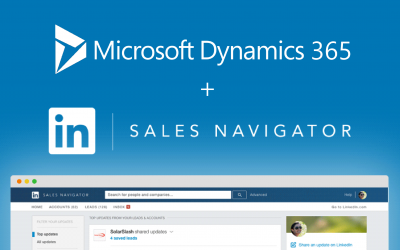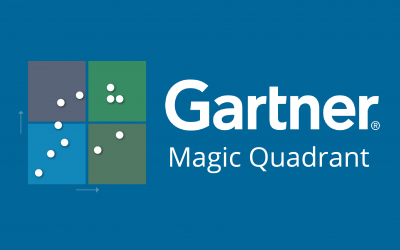Why marketing automation is important for every business – including yours Many companies know the term “marketing automation”. But what, exactly, is it? In short, marketing automation is this: the digital tools that make marketing simpler and more effective. At a...

Recession Roadmap: Driving Sales in Tough Times
Recession Roadmap: Driving Sales in Tough Times
It doesn’t take an economist to see that we’re in a tough spot. The shops are empty. People – and businesses – are under huge pressure.
Will things get better? While they say that time heals all, the fact is that market downturns mean deep economic recalibration – there will be winners and losers at the end of this. It’s scary, but it’s true.
The better news? It’s possible to emerge even stronger on the other side.
So strap in, hold on and commit.
1 – Work smarter

It may seem counterintuitive, but when times are tough, resist the urge to do more. Instead, get back to basics – focus on your business’s core. Do fewer things, but do them right! Boom times allow for the growth of fluff, while recessions reveal the real revenue drivers. Exploit this opportunity to identify them.
Tough times reveal the products and services that are your business’s bedrock – direct your energy there.
2 – Get the right mix

New customers? Be crystal clear on your targets for new acquisitions – come one, come all isn’t a strategy to deploy when the market is making life difficult.
3 – Improve your sales process

By driving efficiencies in this part of your business, you’ll free yourself up to add value elsewhere.
4 – Improve your sales productivity

Automation can give people the time they need to focus on sales. When back-office processes are taken care of, there’s no need to sit in the office crunching through admin. You can work from anywhere, knowing those aspects of business are taken care of.
5 – Improve and automate your reporting

Smart software that integrates machine learning techniques can help streamline the process and power intelligent decisions.
Need a report? You should be able to grab one instantly.
6 – Work on your product offerings

The second? Stop customers from straying. You can do this, for example, by introducing a sub-brand, which customers can cancel their use of later.
7 – Improve your marketing

Secondly, get social. Go where your customers are and get your customer mix right. Closeness with the right customers has never been more important than right now.
8 – Focus on your cash flow

With your admin and reporting under control, this becomes far easier. You have both the time and the necessary tools to make revenue generation a top priority.
It’s simple, really
What we can change is how we react.
Make this a reality!
Don’t miss more articles by The CRM Team
Why marketing automation is important for every business – including yours
8 key benefits of marketing automation
8 key benefits of marketing automation In a nutshell, marketing automation refers to all the digital tools that help marketers reach customers more efficiently, effectively and scalably. But what are the real differences between business that use marketing automation...
A partnership to empower marketing for a brilliant customer experience
The CRM Team and Simple join forces! Empowering marketing, to deliver a brilliant customer experienceLondon and South Africa, March 04, 2021: The CRM Team, expert implementers of world-leading customer engagement technology, and Simple MRM Ltd, enablers of...








Recent Comments